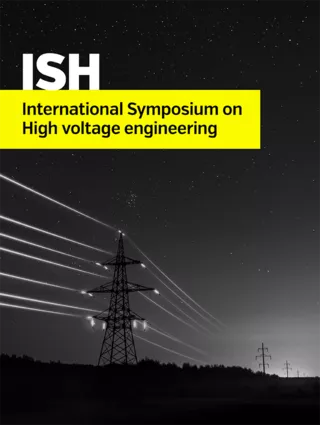Summary
During high voltage live-line maintenance, protection of working personnel is crucial because of the possibly harmful effects of electric fields exceeding their limits. Actual exposure values are defined by the International Commission on Non-Ionizing Radiation Protection (ICNIRP). Based on these guidelines, in case of occupational cases, limit for extra-low frequency E-fields with a frequency of 50 and 60 Hz is 10 kV/m. Conductive clothing acts as a Faraday-cage: during optimal circumstances, electric field inside an enclosed conductive surface is zero. In practice, these clothing has to balance the criteria of good electric field shielding and comfort, such as visibility, ventilation and weight. So-called “Faraday-holes” may decrease the efficiency of the clothing significantly. In case of poor designs – such as large openings on the clothing or the lack of face mesh – electric field may exceed its current limit. Calculations, simulations and measurements in the High Voltage Laboratory of Budapest University of Technology and Economics and practical reports of the Hungarian live-line workers prove that high electric fields may occur inside many types of conductive clothing which have passed the related electrical tests. In this paper a new way of inspection is introduced: this makes the inspection of the clothing safer, more effective, and easier to repeat.
Additional informations
| Publication type | ISH Collection |
|---|---|
| Reference | ISH2017_647 |
| Publication year | |
| Publisher | ISH |
| File size | 346 KB |
| Pages number | 6 |
| Price for non member | Free |
| Price for member | Free |
Authors
B. NEMETH, I. BERTA




